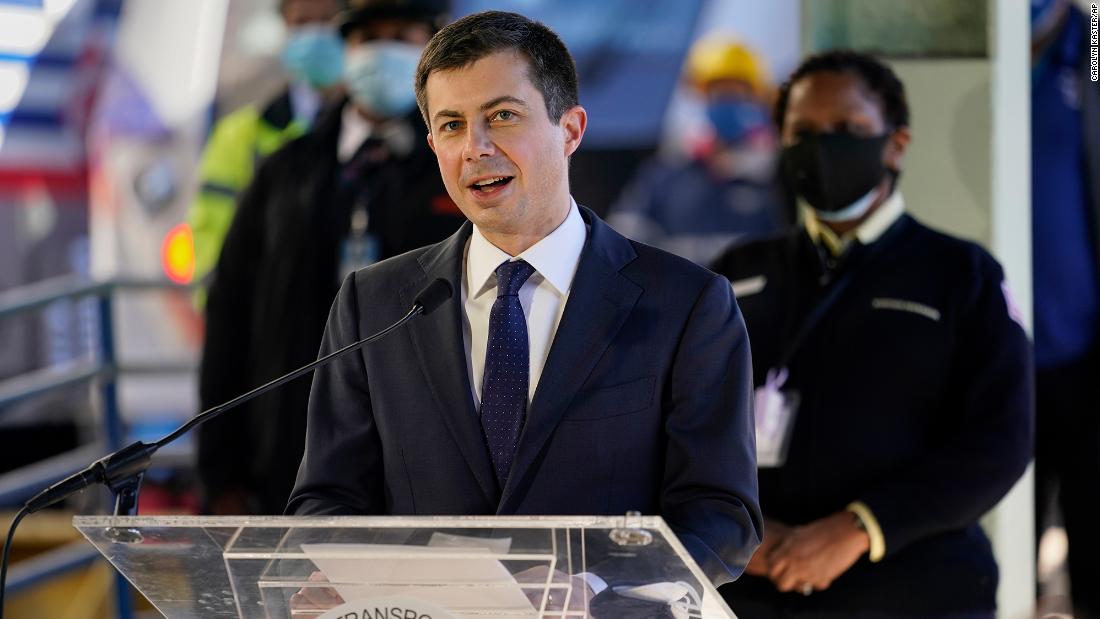American transportation investments are dominated by automobiles, as hundreds of billions were spent to build the Interstate Highway System in the 20th century. But Buttigieg, repeating his boss, President Joe Biden (who is sometimes called “Amtrak Joe”, thanks to his habit of traveling by train between his home state of Delaware and Washington) spoke recently about updating the American railroad.
America had the fastest passenger trains in the world in 1959, according to Amtrak, but now 18 countries are faster than their fastest speed option, Acela, which operates between Boston and Washington DC.
“We were asked to accept less in this country,” Buttigieg said in an interview with MSNBC. “I just don’t know why people in other countries should have better train service and more investment in high-speed train service than Americans.”
A decade ago, Biden and the Obama administration pushed for high-speed railroads across the country, but lacked the necessary political funding and support.
Obama’s initial funding was a significant increase in rail funding, but only a small step towards paying for a national network.
Obama’s speech on faster trains was not well received in Republican-led states. Governors in Wisconsin, Ohio and Florida declined billions in federal funding, sinking high-speed rail projects in those states.
LaHood said the project was ready to go, but Florida Governor Rick Scott declined funding. Scott, now a U.S. senator, said in a statement to CNN Business that he rejected the funding because Florida taxpayers would have to pay hundreds of millions for the bill.
Proponents of high-speed rail believe the Biden government is better positioned to succeed, given what was learned at the Department of Transportation during the Obama years, when there was less experience with high-speed rail projects.
“Many people had to learn a lot of things very quickly. They did the best they could,” Rick Harnish, executive director of the High Speed Rail Alliance, told CNN Business.
LaHood believes that more US governors would accept funding now and estimates that up to half would accept funding. He feels that the biggest obstacle is whether the Biden government will get Congress to finance high-speed rail.
That path will be challenging, according to Moulton, who introduced his bill last year to invest billions in high-speed rail.
“There will be many lawmakers who just want to fix their local holes or old bridges, instead of investing in 21st century technology,” Moulton told CNN Business. “We cannot afford to waste a generational opportunity by investing in the latest generation infrastructure.”
